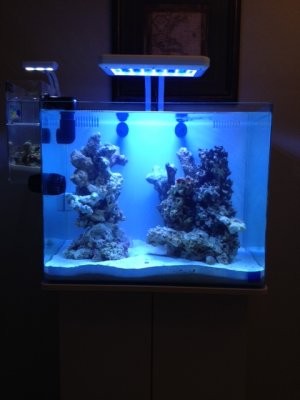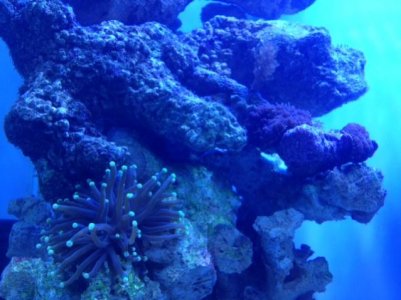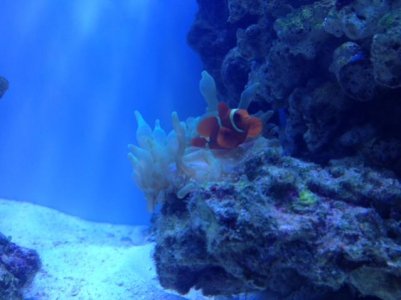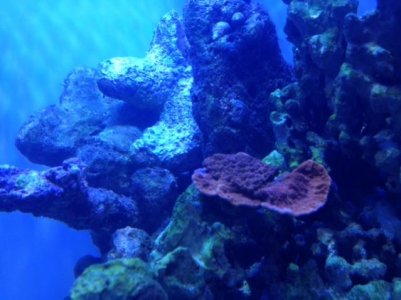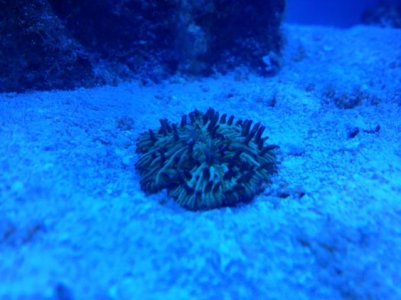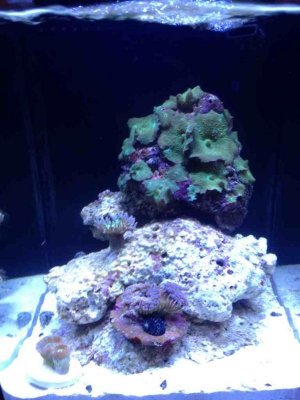I posted this on a different thread but it was suggested I repost it here.
SkimMate Review
I have had my SkimMate up and running for about 2 weeks now, for those thinking about getting the midsize I decided to add a mini review on the skimmer. I am still fairly new at reefing so take my opinions for what their worth...
First off the midsize is designed for up to 65 gallons, specifically it is designed to fit in the IM Nuvo 38g and this is where I house mine.
The pump is a little louder than I would like and in order to fit the skimmer in the rear of the aquarium one set of sponge filters needs to be removed, this adds to the noise since the overflow now is falling into the chamber and not onto the filter sponges. Also the instructions in the bookelet are not very detailed, not that it is complicated but I rather would like to see the instructions describe how to "tune-in" the skimmer.
With the negatives out of the way I can say all in all they are only minor details and essentially what I, and most of us, are looking for is does this really work? As I said early on I have had this running for almost two weeks, it took about 6 days for the skimmer to break-in. During that time I had the air valve opened all the way, the micro bubbles created initially slowly became non existant. After 6 days I started to get a really good foam and with some tinkering over a few days was able to dial in the skimmer. I was actually quite impressed with how well this little guy works. I will say this, this is not your average nano sized skimmer.
After runnining the skimmer, and with it giving me a good foam, I was curious to see how clean my water was. So for comparisons here are my before and after tests.
Before:
PH 8.2
Amonia : 0
Nitrite: 0
Nitrate: 4ppm
PHO3: .03
After:
PH: 8.2
Amonia 0:
Nitrite: 0
Nitrate: Undetectable
PH03: undetectable
Previous to the skimmer I was required to clean the glass daily from algae, I haven't touched my mag float in 3 days since I did a wc.
I am not running carbon and as of right now have only 2 OC clowns, xenia, and mushroom anemone. Next step will be to see how well things keep up with increasing the bioload.




